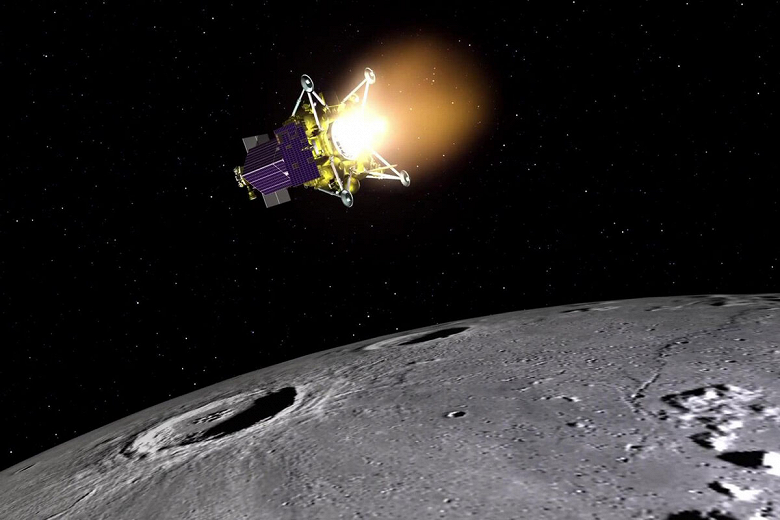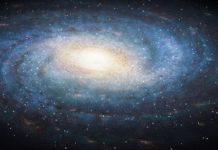Luna 25 crashed in August
The “Dust Monitoring of the Moon” (PmL) device, which was planned to be used during the Luna-25 mission, can go to the Earth’s natural satellite on the Chinese Chang’e-7 apparatus, as reported by the scientific director of the Space Research Institute (IKI) of the Russian Academy of Sciences, academician Leo Green.
“It is almost agreed that our lunar dust experiment will be used on the Chang’e 7 mission,” he said, adding that while technical details are being agreed upon, a formal agreement between Roscosmos and the China National Space Administration (CNSA) ) is yet to be concluded.
The same device was installed on the Luna-25 device: “We made this device for Luna-25 and are going to do it for Luna-27, but the Chinese, as part of their missions, “opened the door” for foreign experiments and chose, in particular, ours.”
One of the experiments of the crashed Luna 25 could be carried out on the Chinese Chang’e-7 spacecraft.

The device will record dust particles, which on the illuminated side of the Moon can acquire an electrical charge and levitate above the surface of the satellite. Previously, these particles were detected only by optical methods, in particular with the help of cameras on Soviet landing modules and by astronauts of the American Apollo lunar program.
The disadvantage of this approach is the impossibility of making observations anywhere other than the light dividing line on the surface of the Moon: “We made a device to register these particles not by optical methods, but by getting them into the aperture of our device. Thus, we could detect them in any part of the illuminated side of the Moon.”
Let us remind you that the launch of Luna-25 took place on August 11 from Vostochny. On August 20, Roscosmos announced that the station had ceased to exist.




